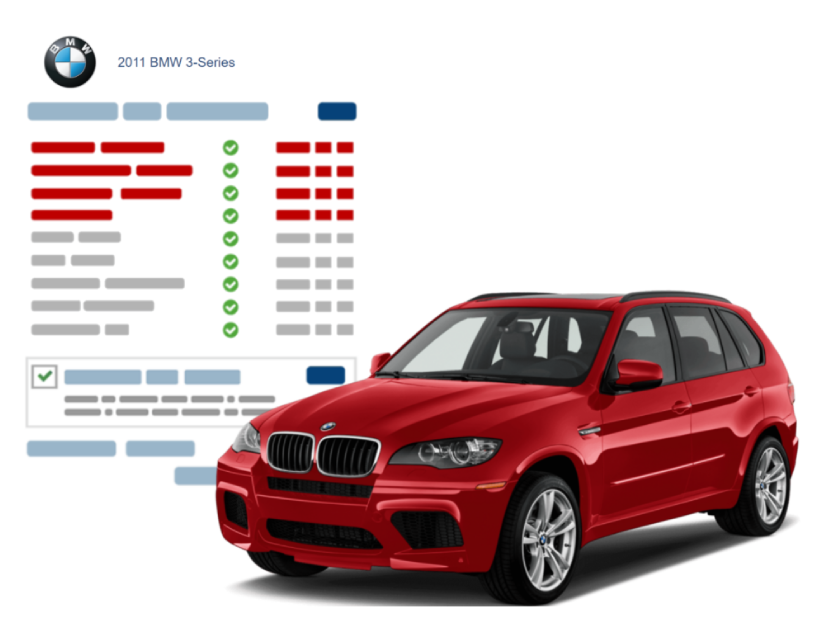
Over the decades, cars have significantly evolved compared to those available in the 1960s. This progression includes the cars companies use specifically for business purposes. Business driving is not only crucial for practicality but also greatly influences a company’s professional image. This was true in the 1960s, and it remains equally relevant today. Owning or driving a company car can symbolize success and professionalism. The following overview illustrates precisely how the company car evolved from the 1960s to today.
The 1960s and 1970s: Rise of the executive car
During the 1960s and 1970s, company cars were not yet commonplace. Nonetheless, their popularity was growing steadily. Vehicles ranged from modest company-owned cars to luxurious executive models designed for top-level management. Some iconic car brands from this period included Mercedes, BMW, and Jaguar. Economic growth and increased prosperity heavily influenced the rise of company cars, meaning businesses needed to be performing exceptionally well financially to justify providing such cars to their executives and employees.
Tax advantages and the importance of representation
Another crucial aspect to consider when acquiring a company car is its attractiveness as a secondary employment benefit. Offering a company car can significantly influence prospective employees’ decisions about joining a company. Beyond the recruitment advantages, employers themselves benefit greatly from tax incentives related to company cars. These benefits not only help reduce overall company expenses but also enhance the business’s image and representational power. Through distinctive and eye-catching vehicles, companies can project a strong and professional presence.
The 1990s and 2000s: The rise of leasing as a solution for SMEs
The 1990s and 2000s saw a substantial increase in the accessibility of business cars, particularly benefiting small and medium-sized enterprises (SMEs). During this period, financial leasing became a highly attractive and feasible option. Smaller businesses could now compete with larger corporations without making significant upfront financial investments. Leasing allowed these companies to spread costs into manageable monthly installments. After fulfilling their lease agreements, companies often had the option to purchase the vehicle outright, adding to its appeal.
Today, financial leasing remains highly popular, financial lease with 123Lease facilitating easy access for businesses of all sizes. Leasing companies have dramatically expanded over recent years, offering a broad selection of vehicles suited for various business needs. Companies can effortlessly browse and select suitable cars, effectively optimizing their business mobility.
In conclusion, company cars have transformed drastically from luxury executive symbols to essential business tools that boost both functionality and professional representation. Businesses of all sizes now enjoy enhanced mobility options, thanks to the continuous evolution and increasing availability of leasing solutions.
Article sponsored







